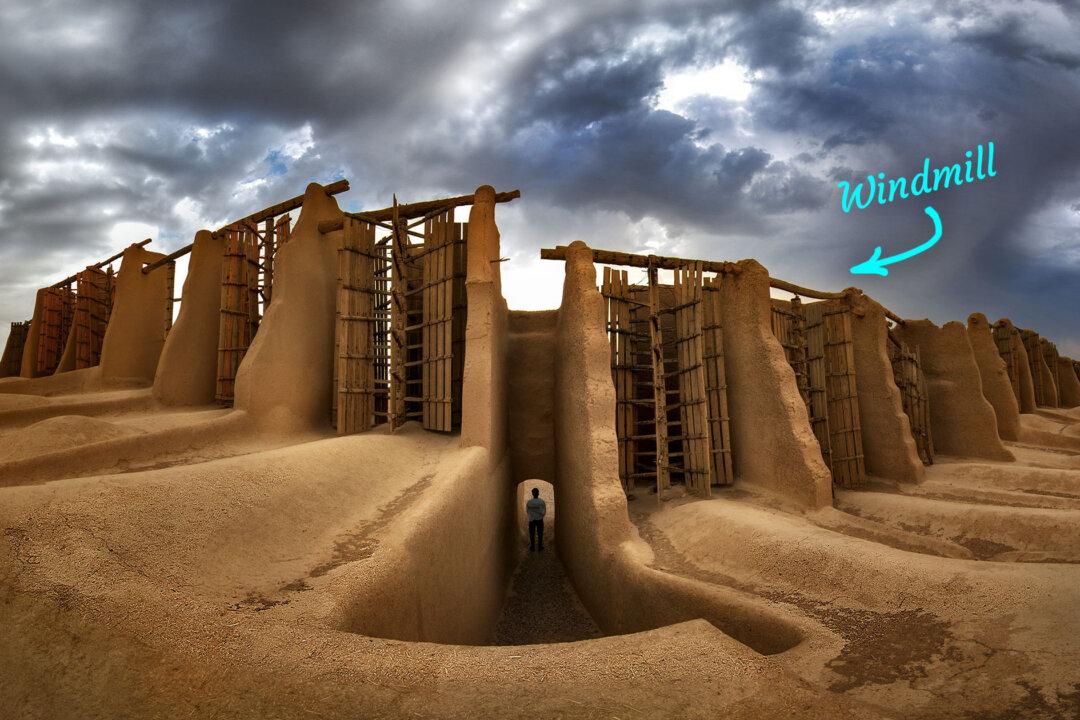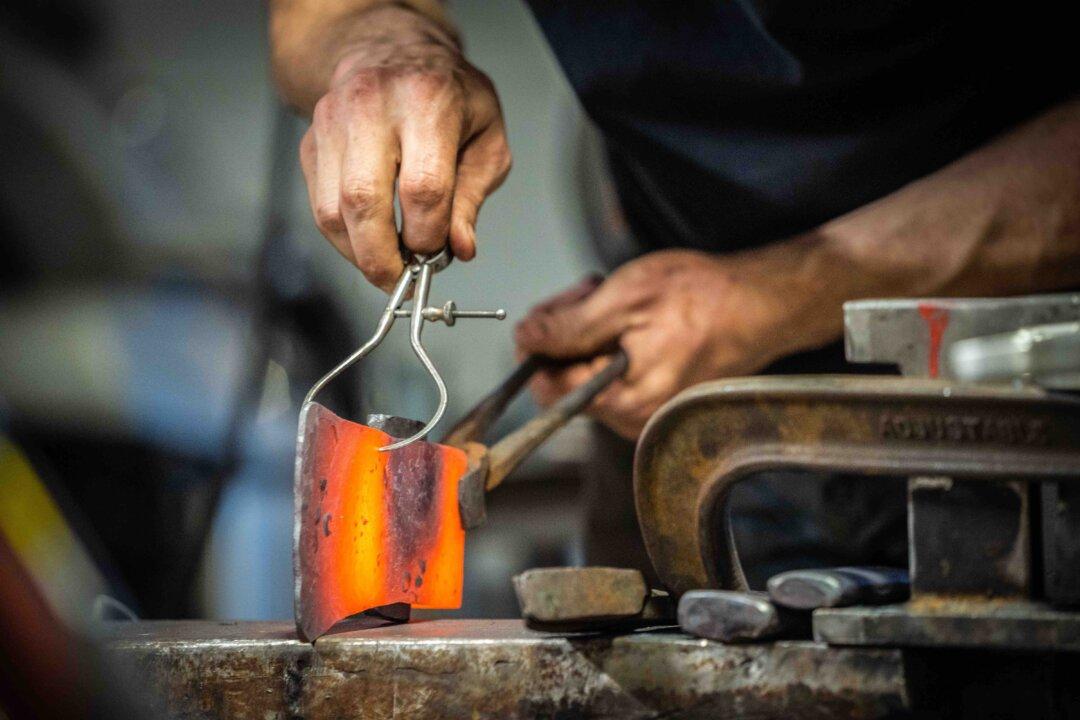When we think of wind power as a source of energy, we might think of huge, ugly turbines blighting the landscape. But one village in Iran reveals how our ancestors built turbines using wood and clay, not steel and concrete; with such smarts, they are still being used today—some thousand years on.
The name of the tiny town in the country’s northeast means “storm’s sting,” due to the ferocity of the winds that blow from the north year-round. Situated on a windswept plain approximately 25 miles (40 kilometers) from the Afghan border, Nashtifan is famous for its ancient windmills, the oldest in the world.






